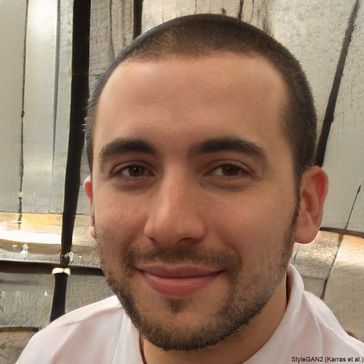Understanding Stroke and Its Impact on Patients
A stroke occurs when the blood supply to a part of the brain is interrupted or reduced, preventing brain tissue from getting oxygen and nutrients. This can result in brain cells dying within minutes. Strokes can lead to serious disabilities or even be fatal, requiring immediate medical intervention. The aftermath of a stroke often includes physical, cognitive, and emotional challenges that necessitate a comprehensive rehabilitation approach.
The Importance of Therapy in Stroke Recovery
Therapy plays a crucial role in the recovery process for stroke patients. It is designed to help patients regain lost skills, relearn tasks, and work towards independence. Stroke therapy includes a combination of physical, occupational, and speech therapy, tailored to the individual needs of each patient. The main goal is to enhance the patient’s quality of life and minimize long-term disability.
Physical Therapy
Physical therapy focuses on mobility issues that often accompany a stroke. This type of therapy helps improve muscle strength and coordination. Therapists employ exercises that facilitate movement and help patients relearn how to use their limbs and maintain balance. Physical therapists also guide patients in learning how to use assistive devices such as walkers, canes, or braces to enhance mobility.
Occupational Therapy
Occupational therapy helps stroke survivors gain independence in their daily activities. Therapists assist patients in relearning everyday tasks such as eating, dressing, and writing. Strategies are introduced to help adapt tasks or modify the environment to allow for better participation and performance. Additionally, occupational therapy can include retraining in specific skills for those returning to work or managing household responsibilities.
Speech Therapy
Many stroke patients experience aphasia, a language disorder that affects a person’s ability to communicate effectively. Speech therapists work with patients to improve their speaking abilities, reading comprehension, writing skills, and understanding of spoken language. Communication aids like picture boards or electronic devices may also be used to facilitate communication.
Complementary and Alternative Therapies
In addition to traditional therapies, some stroke patients explore complementary and alternative therapies. These can include acupuncture, massage therapy, or yoga, which may aid in relaxation and stress reduction. It's important for patients and caregivers to discuss any alternative treatments with healthcare providers to ensure they are safe and beneficial.
Emotional and Psychological Support
Emotional well-being is a critical component of stroke recovery. Depression, anxiety, and mood swings are commonly experienced by stroke survivors. Therapy that focuses on mental health, such as counseling or psychological support, can help individuals cope with these challenges. Support groups also offer a platform for stroke survivors to share experiences and encouragement with one another.
Prevention of Recurrence
Preventing another stroke is a top priority. Lifestyle changes such as a healthy diet, regular exercise, and smoking cessation are essential. Medical management may include taking prescribed medications to control conditions like hypertension and high cholesterol. Regular follow-ups with healthcare providers are crucial in monitoring health and making necessary adjustments to prevent future strokes.
Emerging Technologies in Stroke Therapy
The field of stroke rehabilitation continually evolves with technological advancements. Innovative tools such as robotic-assisted therapy and virtual reality programs are emerging as promising methods to enhance traditional therapy. These technologies offer interactive and engaging ways for patients to practice movements and improve cognitive function.
Family and Caregiver Involvement
The role of family and caregivers is invaluable in the stroke recovery process. They provide support, encouragement, and assistance with daily needs. Training and education for caregivers allow them to understand the stroke survivor's condition and contribute effectively to their rehabilitation journey. Support for caregivers is equally important, ensuring they are equipped to deal with physical and emotional demands.

